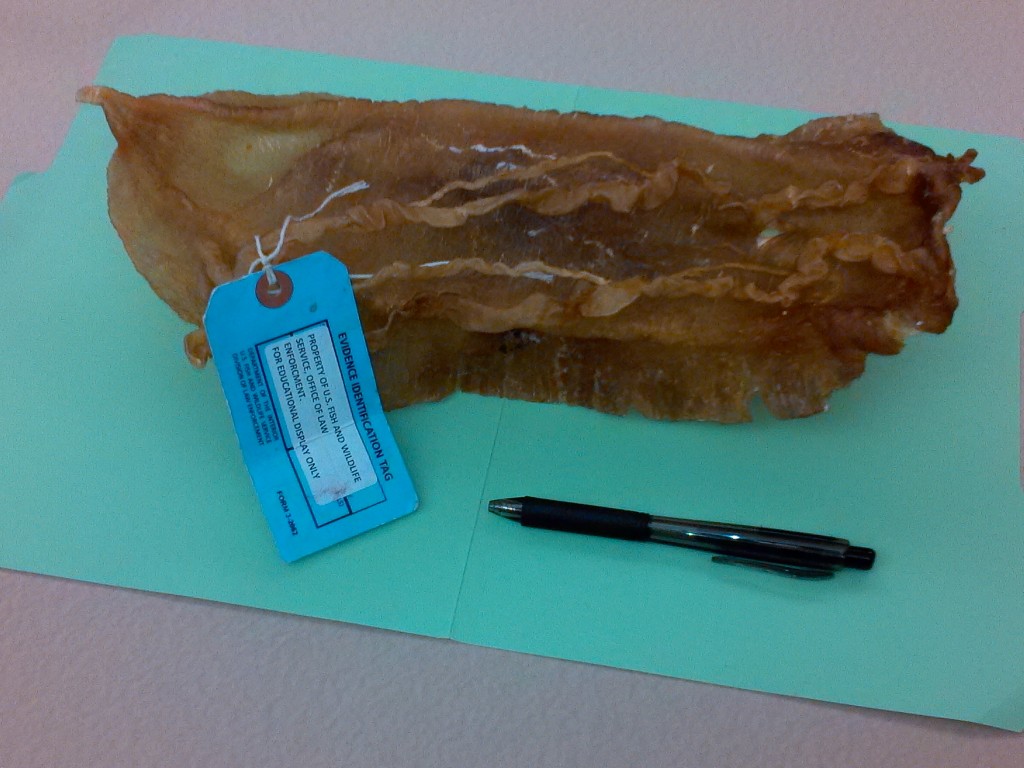Dr. Andrew Wright is a British marine biologist that has been working on the science-policy boundary around the world for over a decade. His experiences have led him to champion a better communication of science to policy makers and the lay public. His research has included a population viability analysis for the vaquita, sperm whales bioacoustics and the impacts of noise on various marine mammals. Andrew is currently working on several projects, most relating to investigating either sleeping behaviour or chronic stress in wild cetaceans. He is also spearheading efforts to bring more marketing techniques into conservation outreach.
Dr. Naomi Rose is the marine mammal scientist for the Animal Welfare Institute (AWI). She handles AWI campaigns to protect wild and captive marine mammals and is a member of the International Whaling Commission’s Scientific Committee. She has published popular and scientific articles, authored book chapters, and lectures annually at several universities. She participates in workshops and task forces at the international, national and state level.

What you are looking at is not a prop from a science fiction movie, but a very earthly (or more accurately marine) wildlife organ that is causing Mexico quite a bit of trouble. It’s the swim bladder of the totoaba fish. Unrelated to bladders with which people are more familiar, it is a collagen-rich organ that the fish fills with air in order to remain buoyant in the water column and save energy when swimming. It is, quite literally, a bag of hot air. This one is dried and ready for shipping – it is prized as a delicacy in China, where it is believed to rejuvenate skin and (of course) act as an aphrodisiac.